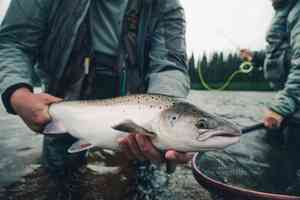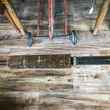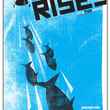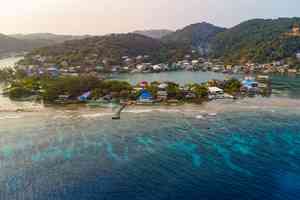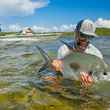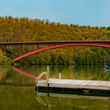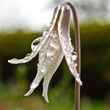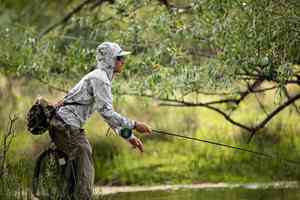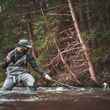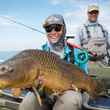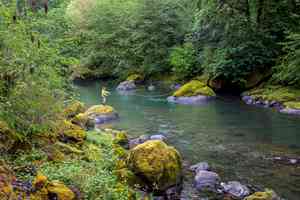Costa Del Mar sunglasses is spreading the word about a new line of performance sunglasses which is, as is always the case with Costa, aimed at anglers. Costa is debuting the "Double Haul" first, with more styles to follow. This newest style features Costa's venting system, designed to reduce fogging issues, but ditches the full frame underside Hydrolite™ non-slip coating found on recent models in favor of a more traditional nose pad and temple coating design.

Costa's venting system is simple, but a feature not found on other competing glasses. Comprised essentially of 3 holes drilled into the frames on either side of the glasses, Costa's venting system may look like a minor addition, but Costa claims it provides big gains in reducing fogging and condensation on the eye-facing side of their lenses in conditions where anglers typically struggle with these issues.

